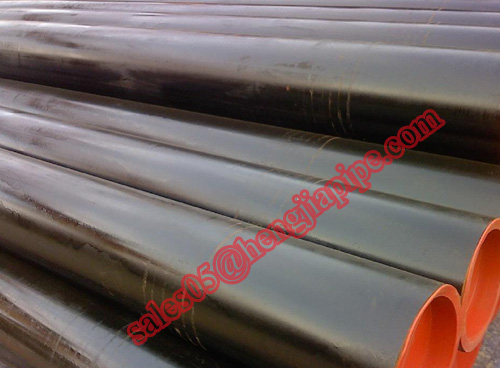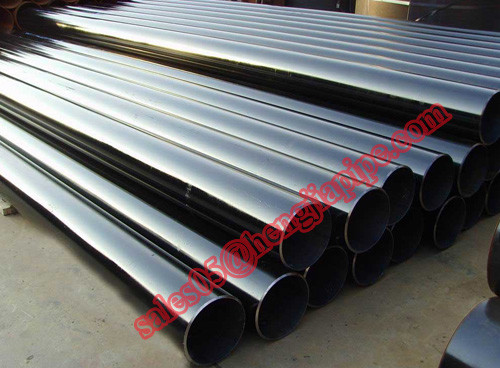According to preliminary calculations, during the “Eleventh Five-Year Plan†period, the cumulative energy consumption of China’s industrial added value dropped by more than 25%, the industrial energy saving exceeded 650 million tons of standard coal, and the average annual increase of 6.98% in energy consumption supported the industrial added value. %growth of. The positive effects of industrial energy-saving and emission reduction have contributed to the completion of the “Eleventh Five-Year†energy-saving and emission reduction targets.
However, in the long run, China's industrial energy-saving and emission reduction work still faces a series of challenges. At present, China consumes 46% of the world's steel, 16% of energy, and 52% of cement, but it only generates about 8% of global GDP. The extensive growth model that has long relied mainly on the consumption of material resources and insufficient attention to resource and environmental costs has urgently needed to be reversed.
In addition, the rapid growth of high-energy-consuming industries is facing severe resources and energy constraints. During the first four years of the “Eleventh Five-Year Plan†period, China’s steel production increased by an average of 12.4% annually, cement production grew by an average of 11.5%, and non-ferrous metal industry’s average annual growth value increased by 17.1%. The energy consumption of high energy-consuming industries accounts for nearly 80% of the total industrial energy consumption. The rapid growth of high-energy-consuming industries has led to the continuous increase of the total industrial energy consumption in China. Since 1996, China’s industrial energy consumption has accounted for more than 70% of the total energy consumption of the entire society. Correspondingly, the developed countries are only about 30%.
Zhou Changyi, Director of the Department of Energy Conservation and Comprehensive Utilization of the Ministry of Industry and Information Technology, stated that during the “12th Five-Year Plan†period, China will focus on energy conservation, pollution reduction, and pollution control to build an optimized industrial structure, complete industrial chain, high technological content, low resource consumption, and pollution emissions. Small, sustainable industrial system. At the same time, it will carry out pilot projects for the establishment of resource-saving and environment-friendly enterprises in key industries, organize the construction of industrial "zero" emission demonstration parks, and explore the establishment of new production methods that are economical, clean, cyclic, and low-carbon.
At the same time, during the “12th Five-Year Plan†period, China will focus on heavy-duty resources, high pollutant discharges, and heavy metal-related industrial industries. We will organize the development of clean production technology implementation programs, focusing on the demonstration and promotion of clean production technologies, and accelerate progress. Key industries and key enterprises implement cleaner production. In this process, we will formulate evaluation standards for cleaner production levels in key industries, promote the upgrading of existing enterprises' clean production technologies, upgrade the level of clean production technology and equipment for new construction projects, and study the establishment of eco-design product labeling systems to carry out pilot projects.
In the development of recycling economy and remanufacturing industry, during the “12th Five-Year Plan†period, China will organize the implementation of circular economy technology demonstration projects, release a list of major demonstration and promotion technologies for industrial recycling economy, promote the construction of circular economy industrial demonstration parks, and promote the typical development of circular economy. Construction of model and industrial chain; advancement of cement to absorb industrial solid waste and urban domestic waste demonstration technology project construction; promote the recycling of waste metal, waste paper, waste plastics, waste rubber, and waste electronic products, and develop renewable resource industries. Focusing on auto parts, construction machinery, machine tools, large-scale industrial equipment, electromechanical products and key parts and components, we will promote the remanufacturing of electromechanical products, organize the implementation of pilot remanufacturing of electromechanical products, and build a number of remanufacturing demonstration projects and demonstration bases; To carry out remanufacturing product certification, study and formulate relevant policies for encouraging remanufacturing, and promote the development of remanufacturing industry in scale and standardization.
Over 30 years of reform and opening up, especially in the past 20 years, significant progress has been made in China's industrial development. The world’s most advanced technological equipment has been applied in China, and the overall level of industrial equipment has been improved. However, at the same time, due to the large number of SME’s advanced equipment, The rate is low, and China still has 15% to 20% of backward technical equipment. Compared with international, the overall equipment technology of China's industrial enterprises is still at a relatively low level. There are relatively few companies that have reached the international advanced level in energy consumption per unit of industry. There is still a certain gap between the energy consumption levels of most enterprises and the international average.
To this end, China will issue a "Special Plan for Energy Conservation and Environmental Protection Equipment for the Twelfth Five-Year Plan" to organize the research and development of energy saving and environmental protection equipment and product standard systems, and guide the orderly development of energy-saving and environmental protection equipment manufacturing industries. At the same time, create a good market application environment, strengthen the connection between supply and demand, and stimulate market demand; take the technology as the main line, put forward a group of environmental protection technical equipment that needs R&D, application and promotion, compile recommended catalogues, upgrade the technical level of environmental protection equipment, and optimize the industrial structure. , to expand the industrial scale, cultivate a group of leading enterprises with independent brands, strong core technology capabilities, and high market share, and supporting small and medium-sized enterprises and energy conservation and environmental protection service companies with strong supporting capabilities; promoting industrial agglomeration, conditional Areas and regions have formed industrial bases for energy-saving and environmental protection equipment with prominent advantages in location and high concentration.
According to Zhou Changyi, during the “12th Five-Year Plan†period, China will strengthen the development and application of low-carbon technologies, and select a group of low-carbon technologies with mature technologies and high emission reduction potential in key industries such as iron and steel, building materials, non-ferrous metals, petrochemicals, and equipment. Implement low-carbon technology demonstration projects, promote the low-carbon transformation of traditional industries, carry out pilot demonstrations of low-carbon industrial parks, establish low-carbon evaluation indicators at different levels of enterprises, parks, and industries, explore low-carbon industrial development models, and promote carbon identification; Carbon certification, carbon emission standards research, and exploration of economic policies based on industry carbon emissions. At the same time, the use of taxes, subsidies, fines, sewage charges, emissions trading, etc., to establish incentives and policy environment to promote resource conservation, environmental friendliness, and establish a green channel for energy conservation and environmental protection, and encourage the implementation of resource saving, environmentally friendly products, exports of trade policy.
ERW PIPE is high-frequency Electrical Resistance Welded Steel Pipe,The hot rolled coil is formed by forming machine,use the skin effect and proximity effect of high frequency current,make the edge of the tube heat and melted,weld it under the action of the extrusion roller to achieve to produce .
Production OD:21.3-508mm
Nominal Wall Thickness:3.2-15.9mm
Pipe Length: 8-12.5m
Steel Grade:API Spec 5 L A,B,X42-X80
API Spec.5L, ISO3183, China GB/T9711 etc. and the additional technical speciï¬cation required by the end user.
The ERW pipe is widely used in long distance pipeline project for transmission of oil, natural gas, water, coal gas, mineral slurry etc., and also is applied in engineering such as chemical industry, electric power, irrigation, construction and piling etc.


ERW Pipe
ERW Steel Pipe Price,ERW Steel Tubes,ERW Welded Pipes,Carbon Steel ERW Pipe
CANGZHOU HENGJIA PIPELINE CO.,LTD , http://www.czhjpipe.com